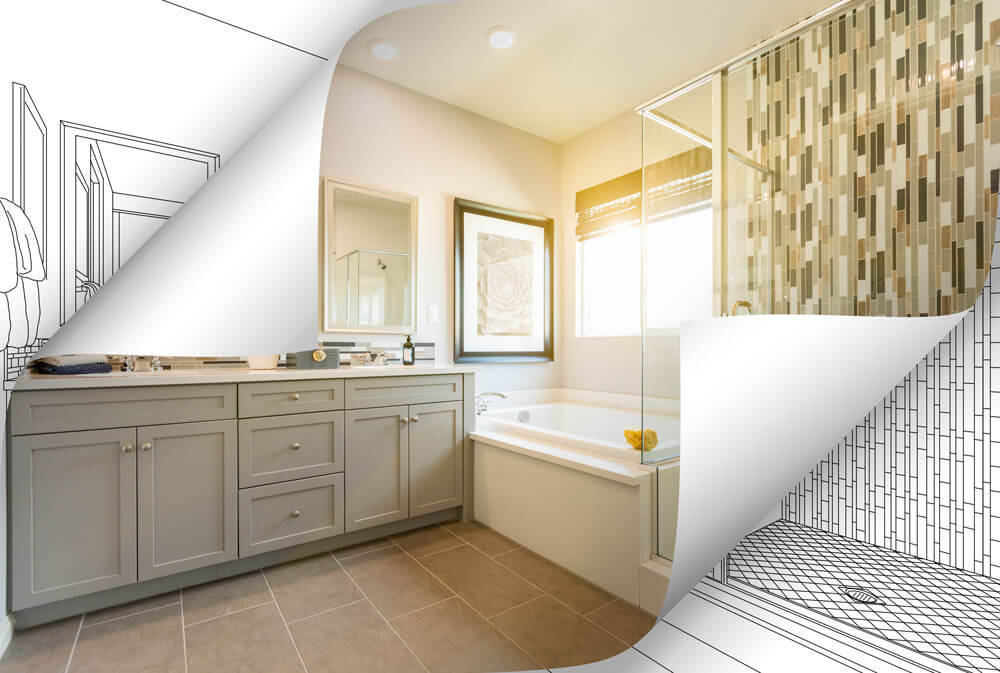How to Start a House Flipping Business: A Comprehensive Guide
June 22, 2023
The allure of house flipping is hard to resist, with HGTV shows glamorizing the lucrative potential. While it’s an exciting venture, it also requires careful planning, patience, and persistence. Here are some unique tips on how to start a successful house-flipping business.
7 Essential Steps on How to Start a House Flipping Business
1. Evaluate the Rehab-to-Value Ratio
Typically, investors stick to the 70% rule: buy a house at 70% of its After Repair Value, minus repair costs. This is a good baseline, but let’s go beyond. Develop a personalized Rehab-to-Value ratio that caters to your unique skill set, resource availability, and risk tolerance. This ratio emphasizes the relationship between renovation costs and the property’s final market value, helping you to not overcapitalize on renovations.
2. Cultivate Local Real Estate Relationships
Many articles stress networking, but rarely do they emphasize the value of local connections. Local real estate agents, contractors, or even the city’s planning department can provide unique insights into neighborhood trends. These relationships could potentially unlock opportunities before they hit the market, giving you a competitive edge.
3. Embrace Technology
Virtual reality and augmented reality can offer potential investors or buyers a virtual tour of the renovated property. They can visualize modifications in real-time, thus helping you sell faster. Additionally, leverage machine learning algorithms to identify lucrative properties, as they can analyze historical data and predict potential returns more accurately.
4. Adopt Green Renovations
Sustainability is more than a trend, it’s a demand. Green renovations such as solar panels, energy-efficient appliances, or water-conserving fixtures could increase your property’s value and appeal to the eco-conscious buyer. Though it might increase upfront costs, the long-term benefits can be rewarding.
5. Emphasize the Home’s History and Character
Instead of over-modernizing a property, consider preserving unique architectural elements that speak to its history. This adds character to the house, setting it apart from other flipped properties, and can often attract buyers who value uniqueness and charm over a cookie-cutter aesthetic.
6. Start a Flipping Fund
Create a flipping fund that other investors can contribute to. This fund works similarly to a mutual fund, pooling resources to flip multiple properties. This approach could mitigate risks, diversify your portfolio, and open doors to larger deals.
7. Learn Basic Home Inspection Skills
While it’s important to have a professional inspection, learning basic home inspection skills can save time when screening potential properties. Being able to spot major issues like structural damage or a faulty electrical system on your initial walkthrough can prevent costly investment mistakes.
Bottom Line
House flipping is a profitable venture if you’re willing to invest time and effort. By tailoring your approach with these unique strategies, you’ll set your house-flipping business apart in this competitive industry. Remember, success in house flipping isn’t about quick wins—it’s about building a sustainable business model that continuously adapts to market trends.
Additional Resources:
